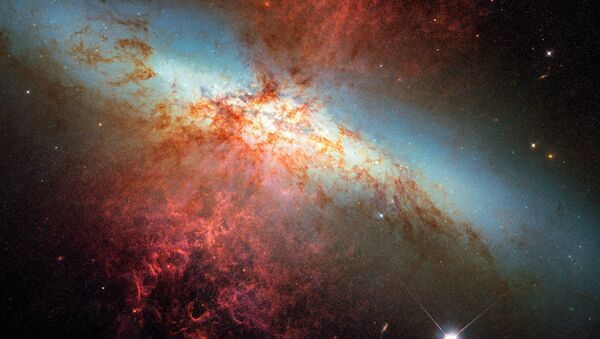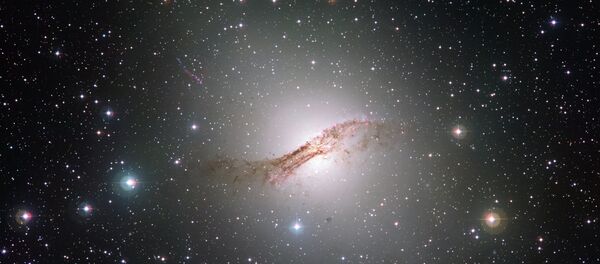Supernova is a violent stellar explosion that produces so much heat and light that it easily outshines an entire galaxy. At its peak, luminosity becomes five billion times brighter than that of the Sun.
The detailed observations were made possible due to the intermediate Palomar Transient Factory (iPTF), an automated system tirelessly searching the sky. This is a joint project led by Shrinivas Kulkarni, director of the Caltech Optical Observatories.
"I was fired up when I first saw a bright spot at the location of this supernova in the ultraviolet image. I knew this was likely what we had been hoping for," said Yi Cao, a Caltech graduate student and a member of the iPTF team.
There are two theories that hope to explain how type Ia supernovae are born. The first, known as a double-degenerate model, maintains that they appear in a binary system, comprising two white dwarfs. The other, called the single-degenerate model, insists that the binary system consists of a white dwarf and a larger star, possibly a red giant.
However, the rules of physics in the Universe seem to be a lot more elaborate than what we want them to be. In 2011, researchers spotted another type Ia supernova, which was born in a double white dwarf binary system.
Since both models appear to be working, it is quite safe to assume that there are two sets of type Ia supernovae.



